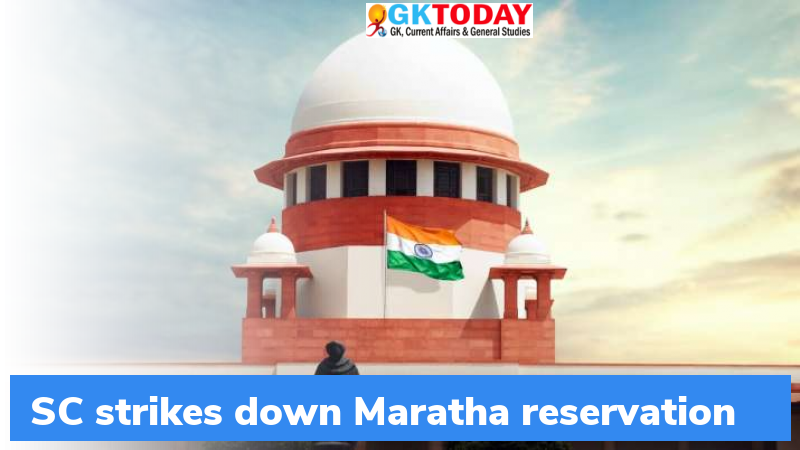Supreme Court: Only Centre can identify SEBC
The Supreme Court recently pronounced that only President can take decisions in declaring the Socially and Economically Backward Community. The judgement was pronounced upholding the 102nd constitutional amendments.
About the Judgement
The Apex court said that the 102nd constitutional amendment has taken away the powers of state governments to designate Socially and Economically Backward Classes.
What is the issue?
The State Governments have been expanding the list of Socially and Economically Backward Classes to entitle the recipient communities with quota benefits.
Indra Sawhney Case
The State Government has full powers to identify a backward class. The Sawhney Case verdict directed the appointment of National Backward Classes Commission and State Backward Classes Commission. Thus, 102nd constitutional amendment was brought in and the commissions were established.
102nd Constitutional Amendments
The 102nd Constitutional Amendment inserted Articles 338 B and Article 342 A, The Article 338 B deals with the structure, powers and duties of National Commission for Backward Classes and the Article 342 A deals with the power of the president to notify a particular caste as Socially and Economically Backward.
Constitutional Provisions
Article 366 and Article 342 says that only President shall identify SECC.
Why did the issue pop up?
The Maharashtra State Government declared the Maratha Community as the Socially and Economically Backward Class. The Supreme court has struck down the Maratha reservation provided by the State Government under SEBC act, 2018..
The Bombay High Court recently upheld the Maharashtra Socially and Economically Backward Classes Act, 2018. This was challenged in Supreme Court by various petitions.
Month: Current Affairs - May, 2021


